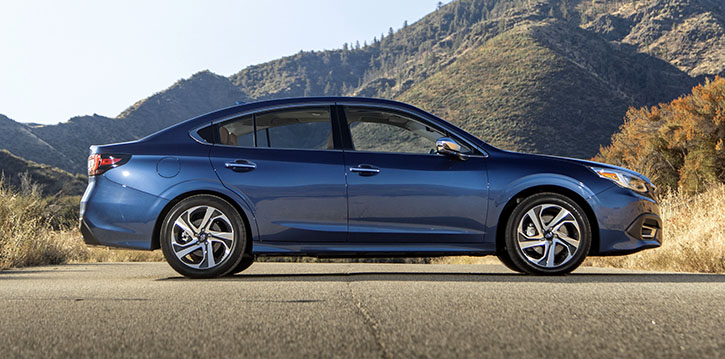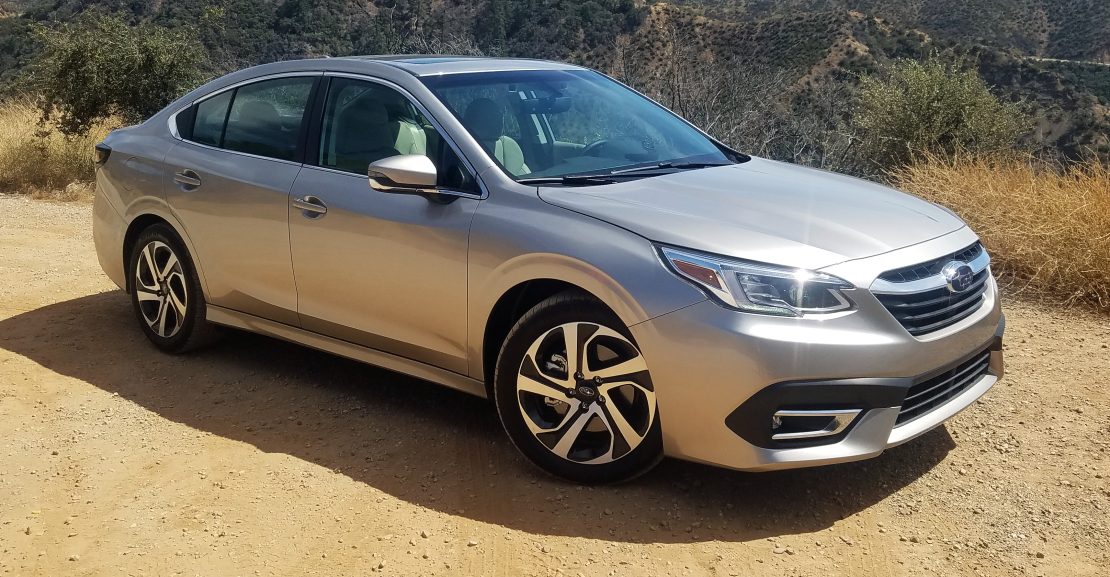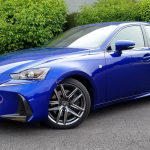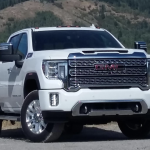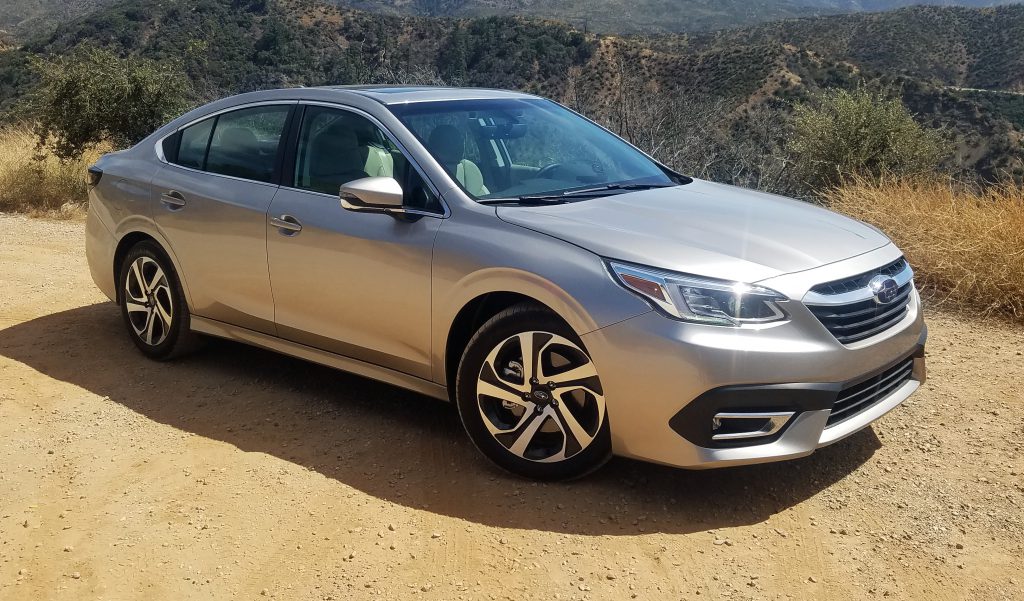
 Imagine if Joanie Loves Chachi, the ill-fated spin-off of the beloved TV show Happy Days, had somehow become vastly more popular than the program that spawned it. That’s kind of what happened with the Subaru Outback and Subaru Legacy. The first-generation Legacy debuted for 1989 in sedan and station-wagon form; the Outback followed for 1995 as an SUV-flavored variant of the Legacy wagon, with rugged-outdoors touches such as beefier body trim, a roof rack, and a raised ride height.
Imagine if Joanie Loves Chachi, the ill-fated spin-off of the beloved TV show Happy Days, had somehow become vastly more popular than the program that spawned it. That’s kind of what happened with the Subaru Outback and Subaru Legacy. The first-generation Legacy debuted for 1989 in sedan and station-wagon form; the Outback followed for 1995 as an SUV-flavored variant of the Legacy wagon, with rugged-outdoors touches such as beefier body trim, a roof rack, and a raised ride height.
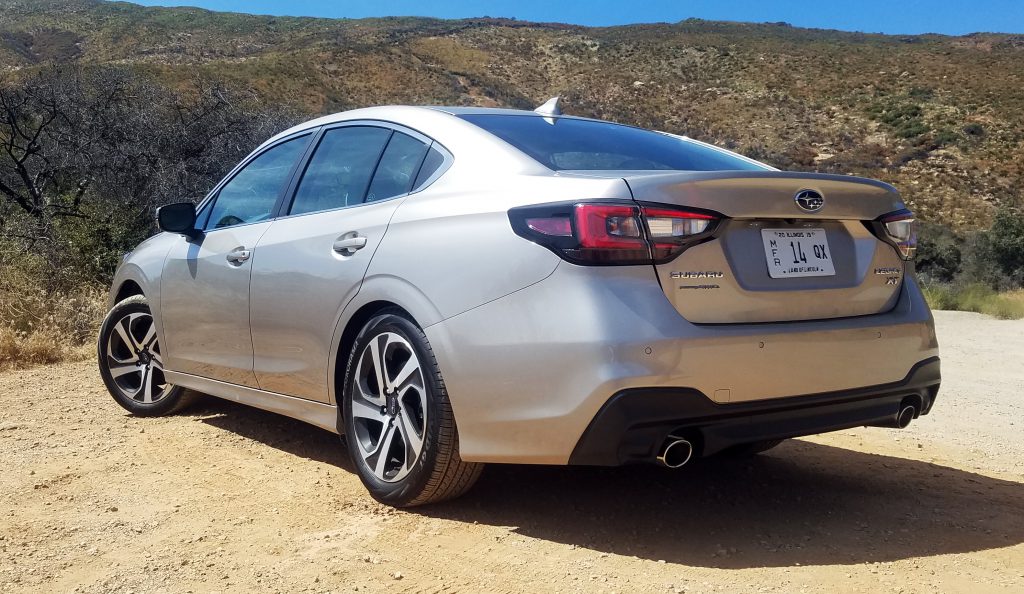
The Outback was perfectly timed to coincide with the burgeoning interest in SUVs among the American car-buying public, and sales took off instantly. It didn’t take long for the Outback’s popularity to eclipse that of its parent vehicle, and stay at that level. Today, the Legacy remains mostly in the shadow of the Outback in terms of sales and prominence in Subaru’s model lineup.
Still, the Legacy is an important part of Subaru’s product strategy; it’s a competitive midsize sedan that offers several compelling features that help it stand out in its class. That’s especially true for 2020—the Legacy has been redesigned this year alongside the Outback (you can check out our full First Spin test-drive review of the 2020 Subaru Outback here).
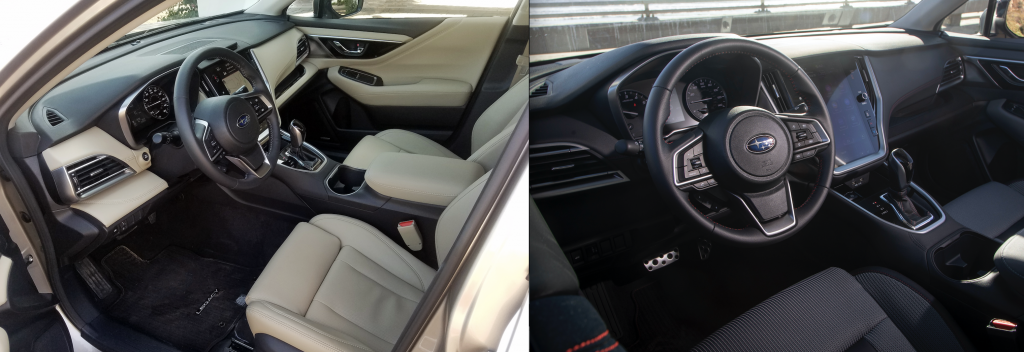
The 2020 Legacy inaugurates the model’s seventh generation; it’s built on a version of the Subaru Global Platform that underpins most of the company’s current products. Subaru says the new Legacy’s body structure is 70 percent stiffer than the outgoing model, thanks in part to the increased use of high-strength steel and structural adhesives. The exterior dimensions stay about the same as the previous Legacy’s, save for a 1.8-inch stretch in overall length. The Legacy is shorter in both wheelbase and overall length than every mainstream midsize-sedan competitor, but it’s also taller than those rivals. That extra height helps the Legacy offer 105.5 cubic feet of cabin volume (without the available sunroof, which drops that number to 102.5). That’s a bit more than all the Legacy’s class rivals save for the current Hyundai Sonata, which offers 106.1 cubic feet. (Note that a redesigned 2020 Sonata is debuting soon, and the new car’s cabin dimensions haven’t been released as of this writing.)
First Spin: 2020 Subaru Outback
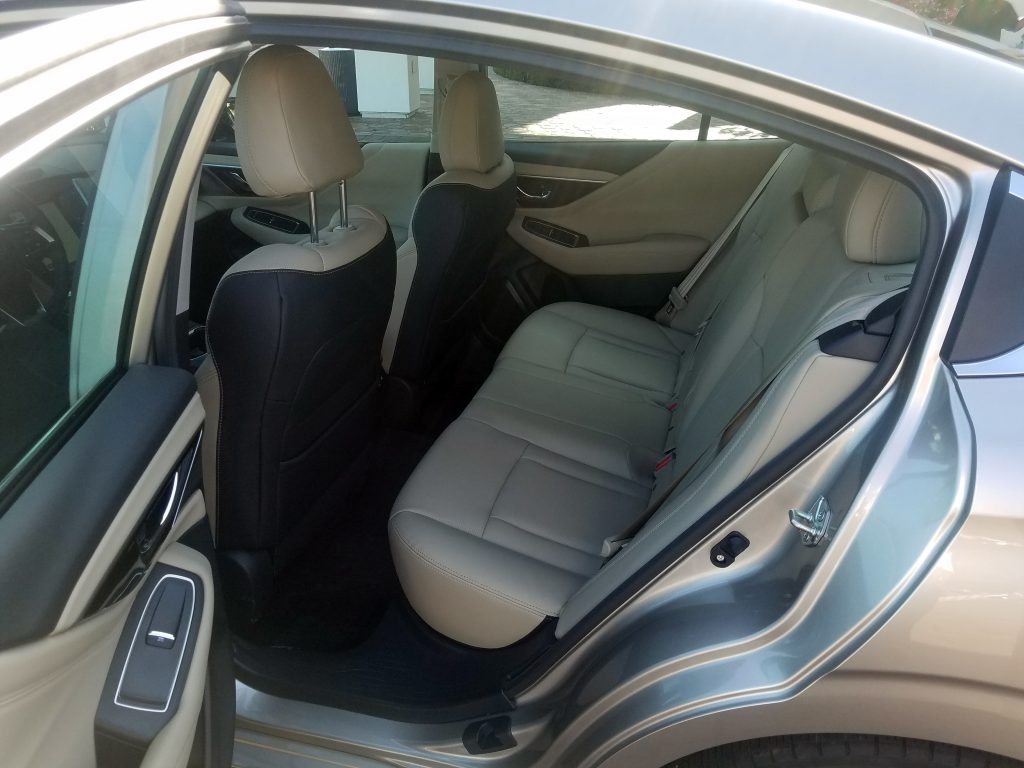
The Legacy model lineup ascends through base (MSRP: $23,645), Premium ($25,895), Sport ($27,845), Limited ($30,645), Limited XT ($35,095), and Touring XT ($36,795) trim levels (all these prices include the $900 destination fee). The XT models are powered by a new turbocharged, 2.4-liter horizontally opposed four-cylinder engine that makes 260 horsepower; this engine replaces the previous-generation Legacy’s 256-hp 3.6-liter six-cylinder. The rest of the Legacy lineup uses an updated version of the previous 2.5-liter four-cylinder that makes 182 horsepower. Both engines come with a fuel-saving auto stop/start feature and are paired with a continuously variable automatic transmission (CVT). In keeping with Subaru tradition, all-wheel drive is standard on all Legacys.
Base models come fairly well equipped with features such as a touchscreen infotainment system with dual 7-inch screens; Apple CarPlay and Android Auto smartphone connectivity; and Subaru’s EyeSight Driver Assist system, which includes forward collision warning with automatic emergency braking, lane-keep assist, adaptive cruise control with a lane-centering function, a head-up display, and LED headlights with high-beam assist.
The Premium model’s upgrades include dual-zone automatic climate control, 10-way power-adjustable driver seat with power lumbar support, heated power-folding exterior mirrors, heated front seats, and a leather-wrapped steering wheel. Also included is a new STARLINK Multimedia Plus infotainment system with a “tablet-style” 11.6-inch vertically oriented touchscreen and features such as Bluetooth connectivity, Sirius XM services, and available STARLINK Connected Services. Premiums offer two option packages: a $1000 package that adds LED fog lights, keyless access and starting, and a blind-spot monitor with rear cross-traffic alert, and a $2595 package that offers all of the above plus a power sunroof and a full-feature STARLINK navigation system.
Sport models get unique 18-inch wheels with a black finish, sport-type front grille, body color rocker trim and rear spoiler, LED fog lights, and a uniquely trimmed cloth interior with red accent stitching and carbon-fiber-look accents. A $2245 option package adds a blind-spot monitor with rear cross-traffic alert, reverse automatic braking, the STARLINK navigation system, and a power sunroof.
Test Drive: 2018 Toyota Camry XLE
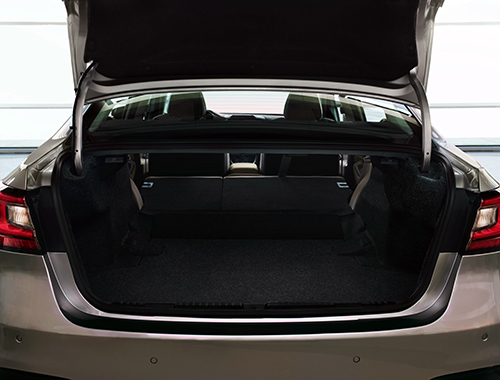
The Limited trim level gets upscale features such as perforated leather upholstery, heated rear seats, rear-seat air-conditioning vents, memory controls for the 10-way power driver seat, exterior mirrors with memory and an auto-tilt feature for the passenger-side mirror, 8-way power front-passenger seat, machine-finished 18-inch wheels, and keyless entry and starting. Also standard are adaptive headlights, reverse automatic braking, and a blind-spot monitor with lane-change assist and rear cross-traffic alert. A $2045 option package adds a heated steering wheel, power sunroof, STARLINK navigation system, and Subaru’s DriverFocus distraction mitigation system. DriverFocus uses a camera and facial-recognition software to detect if a driver is distracted or fatigued, and if so, issues a warning to alert the driver and passengers.
Above the Limited are the XT models, whose 260-hp engine and additional standard features bring a significant price premium. The Limited XT comes standard with all of the regular Limited model’s standard and optional equipment, and adds insulated front-door glass. The flagship Touring XT gains a Nappa leather interior, exterior mirrors with a satin finish, and a Front View Monitor system.
On the Legacy’s preview press event in sunny Ojai, California, last week, we test drove a Legacy Limited XT and a Premium equipped with the $1000 upgrade package. The 2.5-liter engine provides adequate, if not invigorating, acceleration, aided by the smooth, responsive CVT. The transmission mimics the shift points of a traditional automatic, which mitigates the high-rpm droning sound that many CVTs exhibit.
The 2.5-liter is EPA-rated at 27 mpg city/35 mpg highway/30 mpg combined. Though those numbers trail the midsize-sedan-class fuel-economy leaders (which are all front-wheel drive), they’re not far off, which is impressive considering that all-wheel drive typically exacts a fuel-economy penalty of at least two miles per gallon over a comparable two-wheel-drive vehicle.
The turbo 2.4 delivers stronger “go” all around; Subaru claims a 0-60-mph time of 6.1 seconds, compared to 8.4 seconds for the base engine. Though we weren’t able to do any of our own testing on the press drive, those numbers feel accurate to us. As with the base engine, the transmission is alert and responsive; the turbo’s standard steering-wheel-mounted paddle shifters provide a bit more control, but we thought the CVT did fine on its own in most situations. The 2.4 is EPA-rated at 24 mpg city/32 highway/27 combined; those numbers compare favorably to the fuel-economy figures of the front-wheel-drive competition’s step-up engine choices. With both Legacy engines, the fuel-saving auto stop/start function isn’t the smoothest such system we’ve tested, but we didn’t find it objectionable.
Test Drive: 2018 Honda Accord Hybrid

Though we wouldn’t call the Legacy a sport sedan, its handling was predictable and crisp enough to be entertaining on the curvy canyon roads we drove on the press event. The steering is nicely balanced and decently communicative, and the car feels balanced in quick cornering. The ride was comfortable with both the 17-inch wheels on the Premium model and the 18s on the Limited XT; the suspension capably smooths out most minor bumps and road imperfections. (Note that 18s are standard on Sport models on up.)
The Legacy’s cabin is laudably quiet, with both wind and road noise being equally well controlled. The noise from the base engine intrudes a bit more into the interior during fast acceleration—in part because it has to work harder to provide adequate power—but at least the sound is relatively pleasant for a 4-cylinder.
What is the difference between 4WD and AWD?

The exterior styling is clean and cohesive, if a bit anonymous. The Legacy’s roofline is taller than all other mainstream-brand midsize sedans—that makes for excellent visibility all-around, and also means headroom is especially good inside, at least in the front row. The housing for the available sunroof intrudes a bit on headroom for tall rear-seat passengers, but rear-seat legroom measures a generous 39.5 inches; only the Honda Accord’s 40.4 inches beats that. Trunk capacity is 15.1 cubic feet; that’s a bit less than some class rivals, but the Legacy’s generously sized aperture makes it easier to load large items, and the rear seat backs fold flat so bulky cargo can be slid forward. The trunk can swallow four full-size roller suitcases with a bit of room left over.
The plus-sized, vertical-oriented touchscreen features large virtual buttons that are easy to find and press while driving, and also thankfully retains some physical knobs and buttons—we’ve always found it easier to use a good ol’ fashioned volume and tuning knob than any of the virtual controls we’ve tested. The other instruments and controls are logically laid out and easy to use as well, for the most part. Regardless of model, interior ambiance is on par with the competition. The cloth seats in the Premium model we tested were nicely finished, but the luxury upgrades of the Limited and up models bring a significantly more upscale look and feel.
The 2020 Subaru Legacy is slated to arrive in dealerships this fall. If you’re in the market for an understated midsize sedan that offers all-wheel drive (a rarity in the class—the Nissan Altima and soon-to-depart Ford Fusion are the only direct competitors that offer it), balanced road manners, and a generous list of available safety and convenience features, then happy days are here for you.
Test Drive: 2019 Subaru Forester Limited
